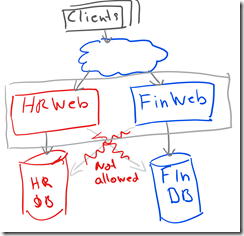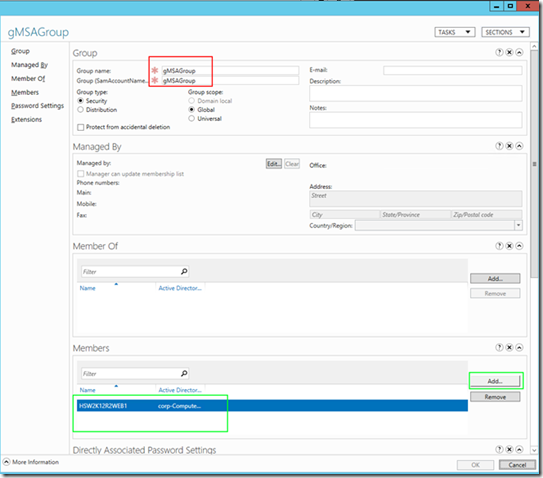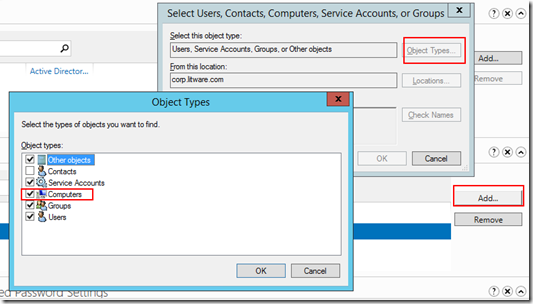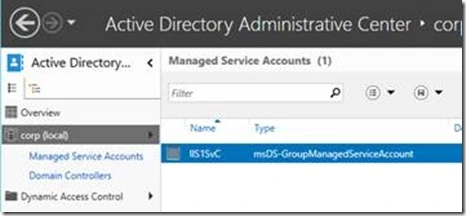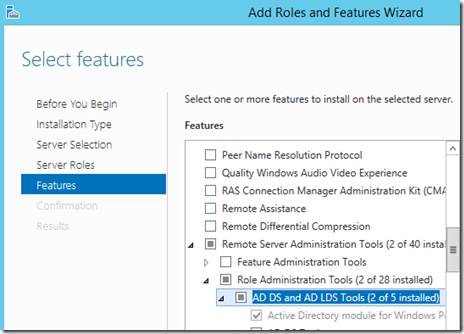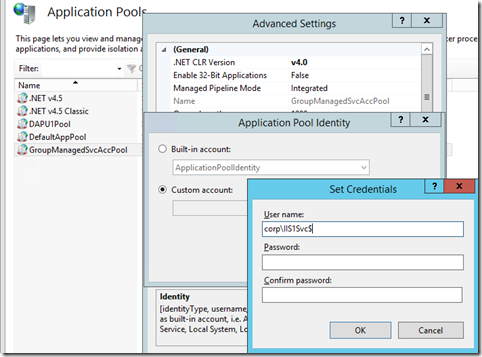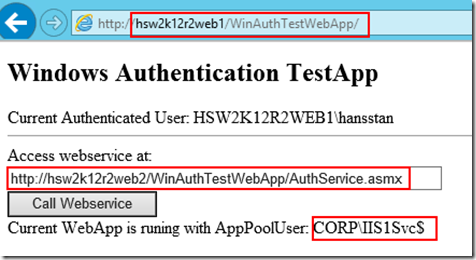Introduction:
In the realm of SQL Server database administration, performance tuning plays a pivotal role in enhancing the efficiency and speed of queries. As the volume of data grows and application demands increase, optimizing the execution of queries becomes critical to maintain the overall system performance. This article delves into the fundamental aspects of performance tuning for SQL Server queries, exploring techniques to identify bottlenecks and implement optimizations for optimal query performance.
1. Understanding Query Execution Plan:
The query execution plan serves as a roadmap to understanding how SQL Server processes a query. By analyzing the execution plan, administrators can identify potential performance issues and determine the most efficient way to execute a query. We will discuss the use of SQL Server Management Studio (SSMS) and dynamic management views (DMVs) to obtain query execution plans and analyze them.
2. Indexing Strategies:
Appropriate indexing is one of the most powerful tools for optimizing query performance. We'll explore various indexing strategies, including clustered, non-clustered, and covering indexes, as well as their impact on query execution. Additionally, we'll delve into common indexing pitfalls and best practices to ensure the right indexes are created for your workload.
3. Query Optimization Techniques:
In this section, we'll explore a range of query optimization techniques, such as JOIN optimization, subquery optimization, and using appropriate SQL Server functions efficiently. We'll also discuss how to leverage query hints and plan guides to influence the execution plan when needed, though caution must be exercised when using these features.
4. Query Rewriting and Refactoring:
Sometimes, rewriting or refactoring a query can lead to significant performance gains. We'll discuss common SQL coding patterns that can be improved and explore how to rewrite complex queries into simpler and more efficient forms. Additionally, we'll cover the importance of avoiding correlated subqueries and employing CTEs (Common Table Expressions) for better query performance.
5. Temporal and Cached Data:
Caching query results and employing temporal tables can improve performance significantly by reducing the load on the database server. We'll delve into techniques for caching data, both at the application level and within SQL Server itself, to reduce query execution times and improve overall user experience.
6. Monitoring and Profiling:
To ensure ongoing performance optimization, monitoring and profiling queries are essential. We'll explore SQL Server's built-in tools, such as SQL Server Profiler and Extended Events, to capture query performance data. Additionally, we'll discuss how to leverage performance monitoring tools like SQL Server Performance Monitor to analyze resource utilization and identify performance bottlenecks.
Conclusion:
Performance tuning of SQL Server queries is a continuous process that requires a comprehensive understanding of the database structure, indexing strategies, and query execution plans. By implementing the techniques discussed in this article, you can significantly improve the efficiency and speed of your queries, resulting in better application performance and a more positive user experience. Remember to analyze the impact of any changes thoroughly and continuously monitor your system to ensure long-term success in performance optimization.













